An agriculture commissioner has alerted that parts of Texas have already run out of water, signaling a severe and ongoing crisis.
The combination of population growth, aging infrastructure, and successive droughts has exacerbated the state’s water scarcity, particularly during the last two summers, stretching resources thin.
The Agricultural Impact
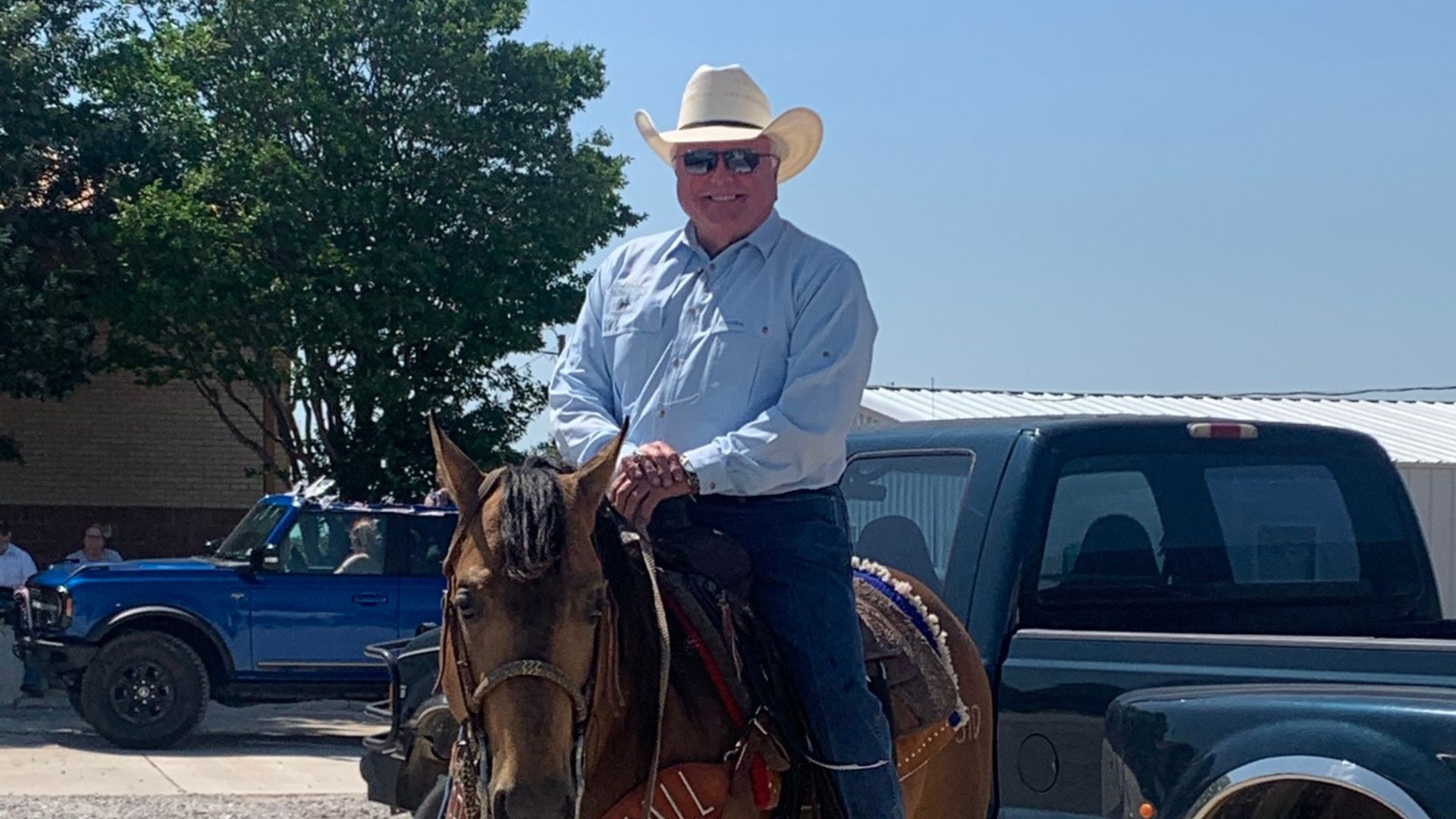
Agriculture Commissioner Sid Miller expressed the scale of the crisis: “We lose about a farm a week in Texas, but it’s 700 years before we run out of land, the limiting factor is water,” he said in a statement.
This highlights the critical situation Texas faces, with water scarcity now the primary barrier to agricultural sustainability.
Focus on the Rio Grande Valley
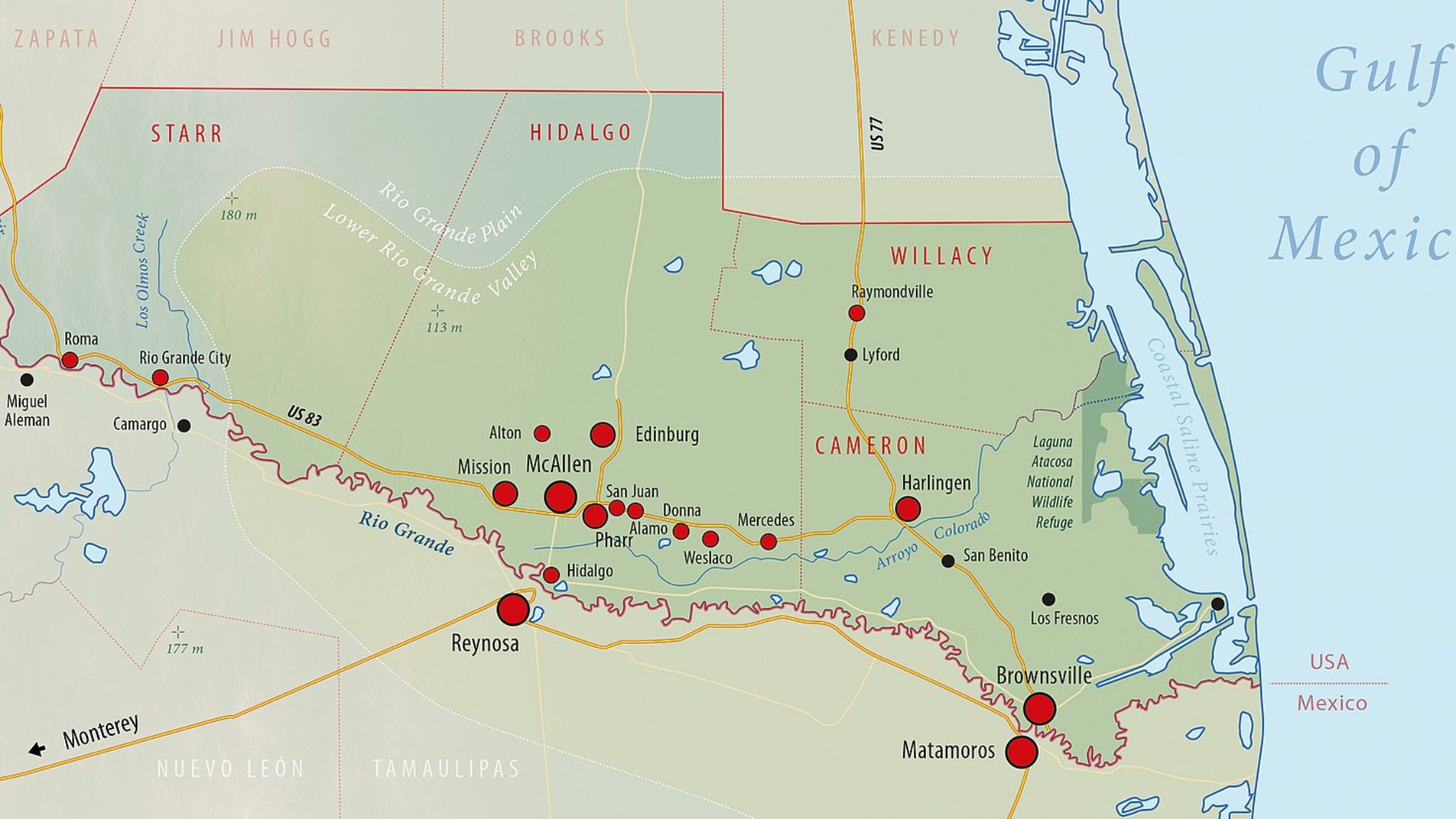
The Rio Grande Valley is particularly affected. “We’re out of water, especially in the Rio Grande Valley,” Miller stated during an interview with WFAA’s Inside Texas Politics.
This area is crucial due to its agricultural productivity and its location at the center of an international water rights conflict.
International Dispute Over Water
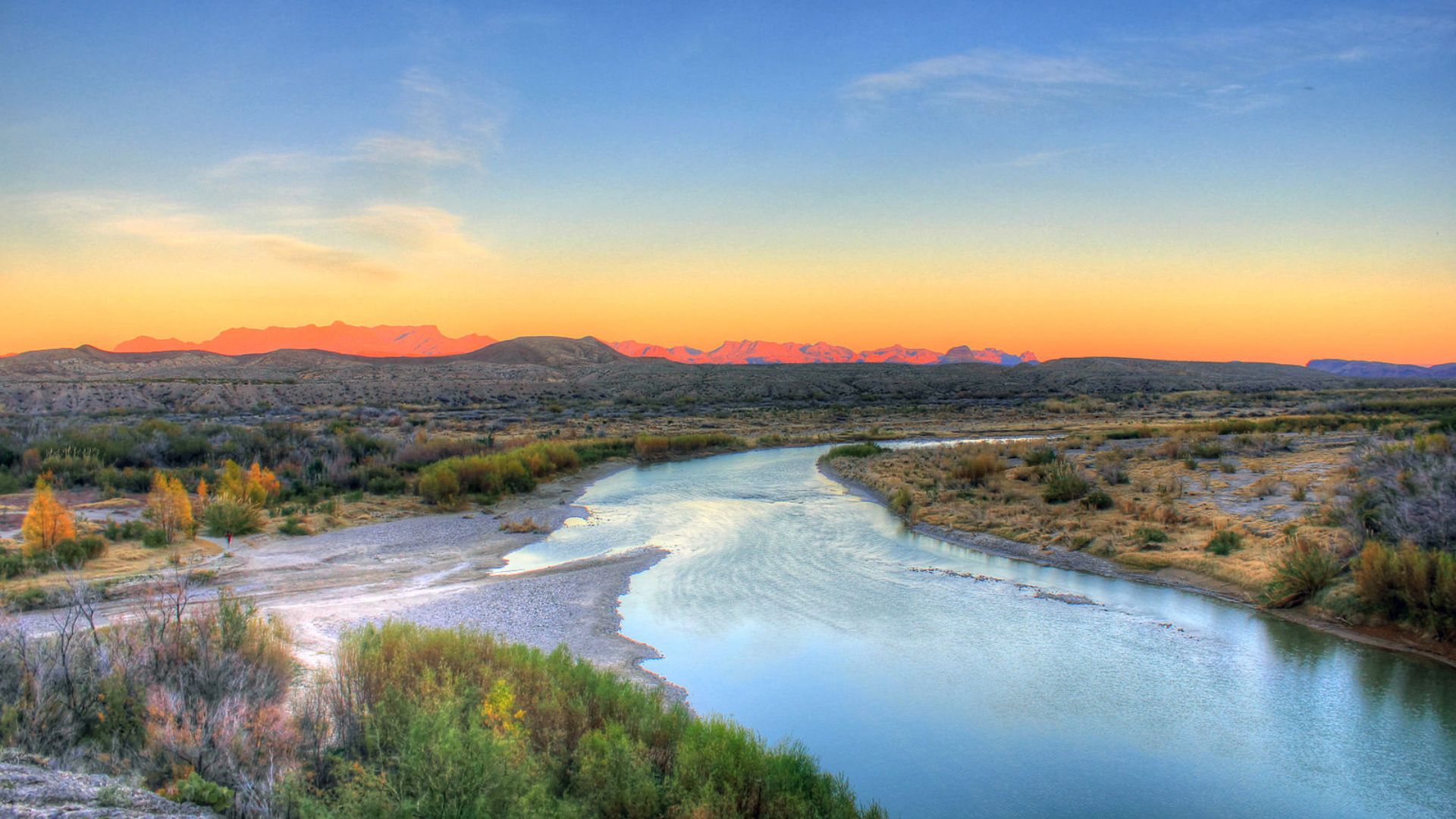
The crisis is deepened by an international dispute with Mexico over water owed to the Rio Grande as per the 1944 Mexico-United States Water Treaty.
This treaty is critical as it outlines the water allocation between the two nations, which is crucial for Texas agriculture and urban needs.
Shortfall in Water Deliveries from Mexico
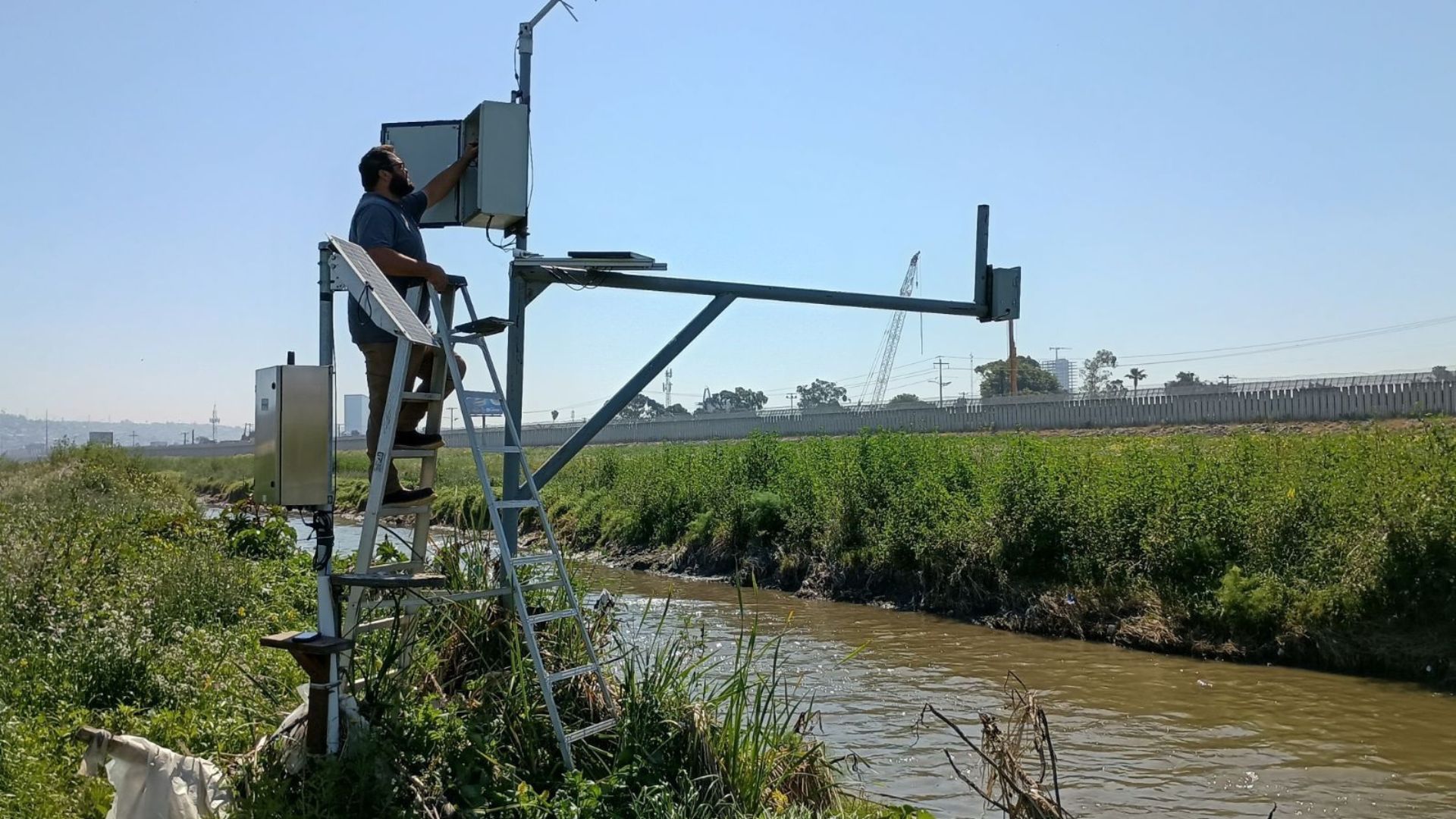
Under the treaty, Mexico is obligated to supply 350,000 acre-feet of water annually over a five-year period.
However, as of August 10, Mexico has delivered only 400,100 acre-feet of water to the U.S. during the current five-year cycle, which ends in October 2025, as per data from the International Boundary and Water Commission.
Decline in Agricultural Production
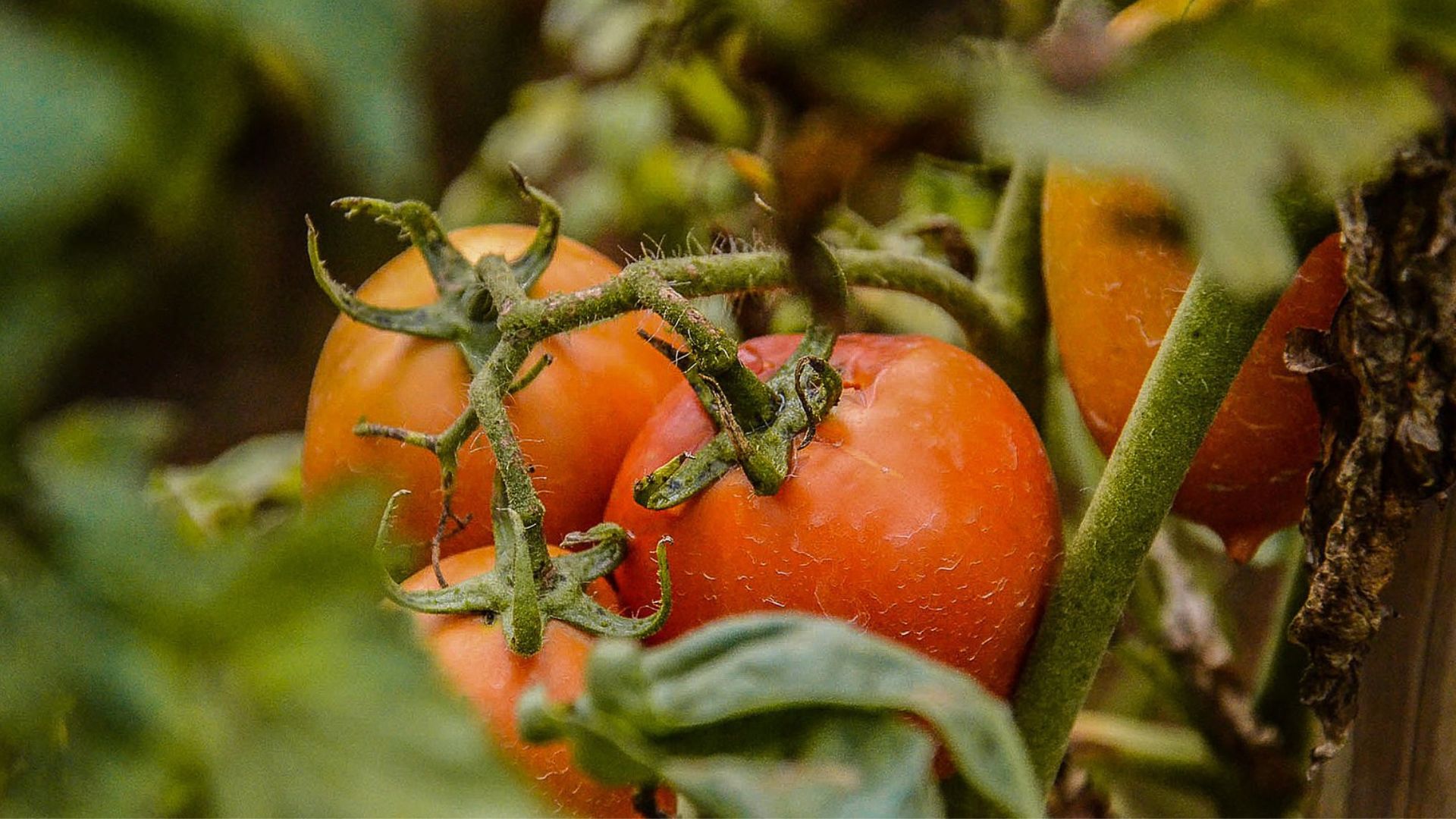
The lack of water has severely impacted agricultural practices in the Rio Grande Valley.
“Our tomato production in the Valley is just about gone. They usually grow five crops of vegetables in that area,” Miller said. The reduction in water availability has restricted farmers to growing only one cycle of crops, reducing production by 80 percent.
The Case of Pecos
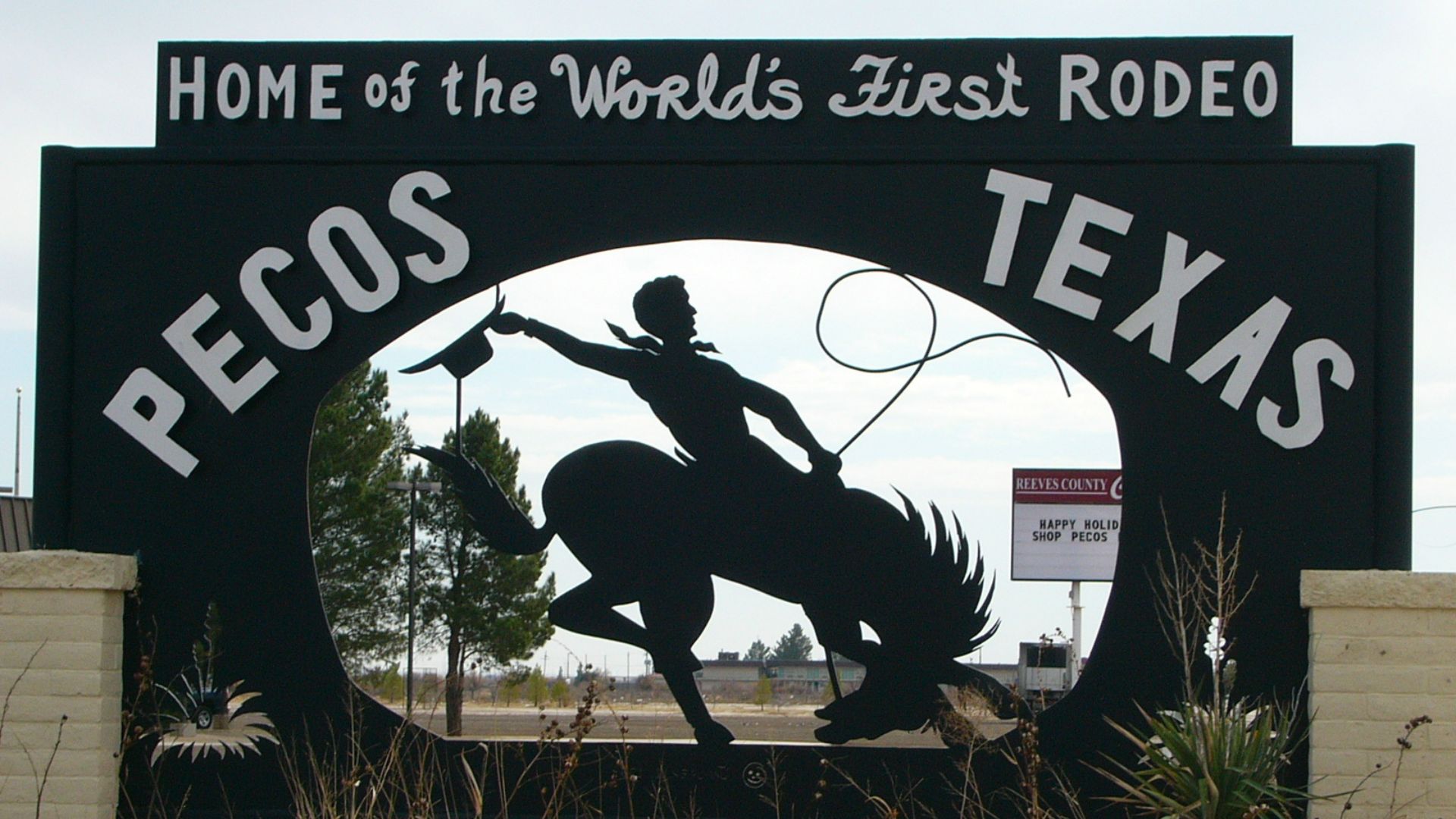
The town of Pecos, once known for its melon production, has seen a dramatic change. “You can’t find one anymore because the farmers are gone,” Miller explained, “there’s no water. They had to leave.”
This reflects the broader challenges faced by rural communities across Texas in sustaining agricultural production amid water scarcity.
Strategies for Water Management

Miller advocates for more effective management of existing water resources, suggesting improvements in irrigation, increased storage capacities, and the construction of new reservoirs.
These measures are essential for adapting to reduced water availability and supporting sustainable growth.
Legislative Focus on Water Issues
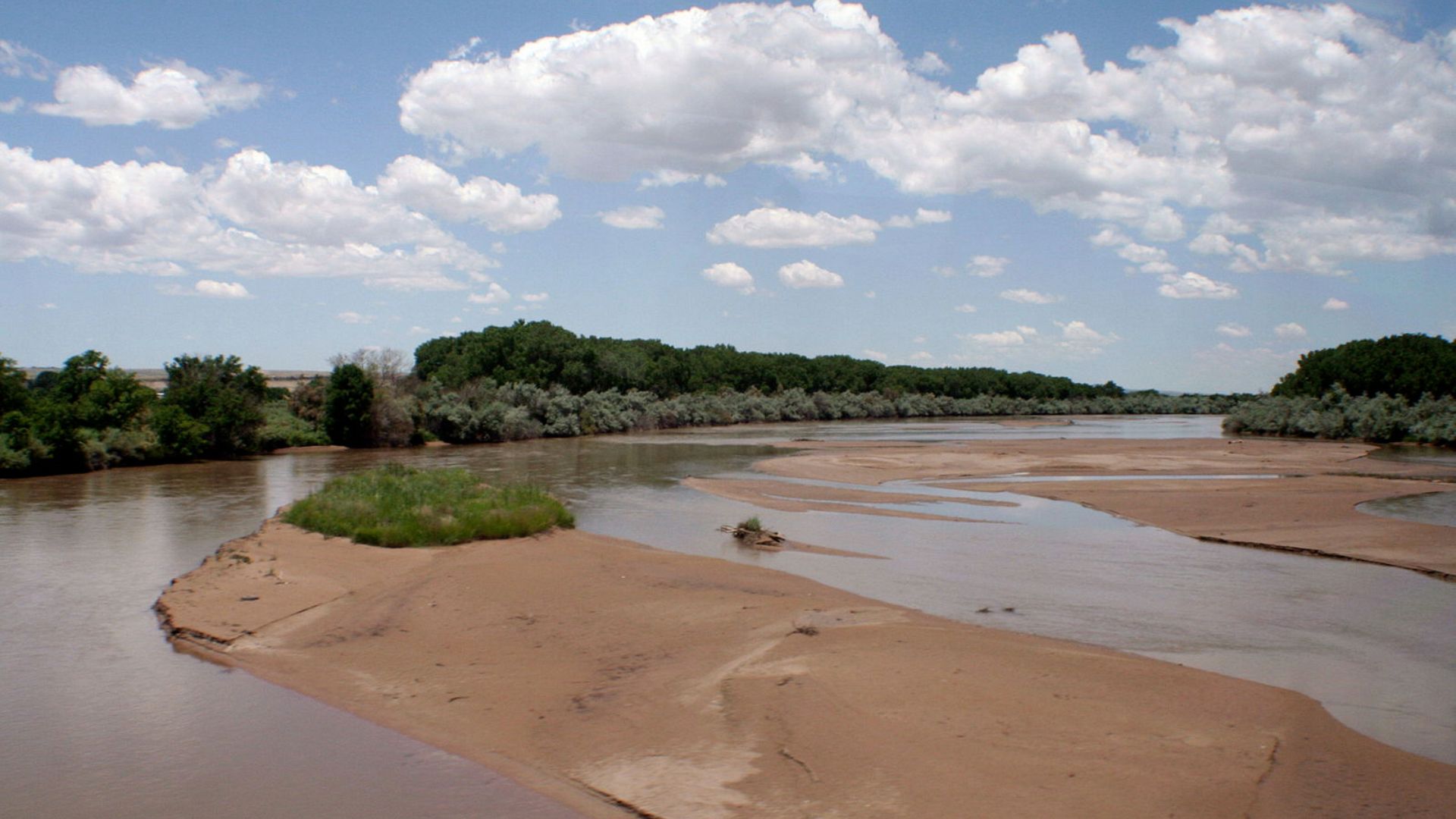
Approximately 250 lawmakers convened at the Deep South Texas State of Water Symposium in Pharr to address these urgent water issues.
This gathering demonstrates the bipartisan effort required to tackle the state’s water scarcity challenges effectively.
Cross-Party Cooperation at Symposium

The event drew attendance from both Democratic and Republican representatives.
These include Democratic Texas state Rep. Terry Canales and Republican Rep. Monica De La Cruz, highlighting the non-partisan nature of the water crisis and the collaborative efforts needed to address it.
Population Growth vs. Water Availability

“Water supplies are not set to keep up with the population growth of Texas,” noted Sarah Schlessinger, CEO of the Texas Water Foundation.
With the state’s population expected to grow by 70 percent over the next 50 years, planning for adequate water supply is more crucial than ever.
Urgency as Treaty Cycle Concludes
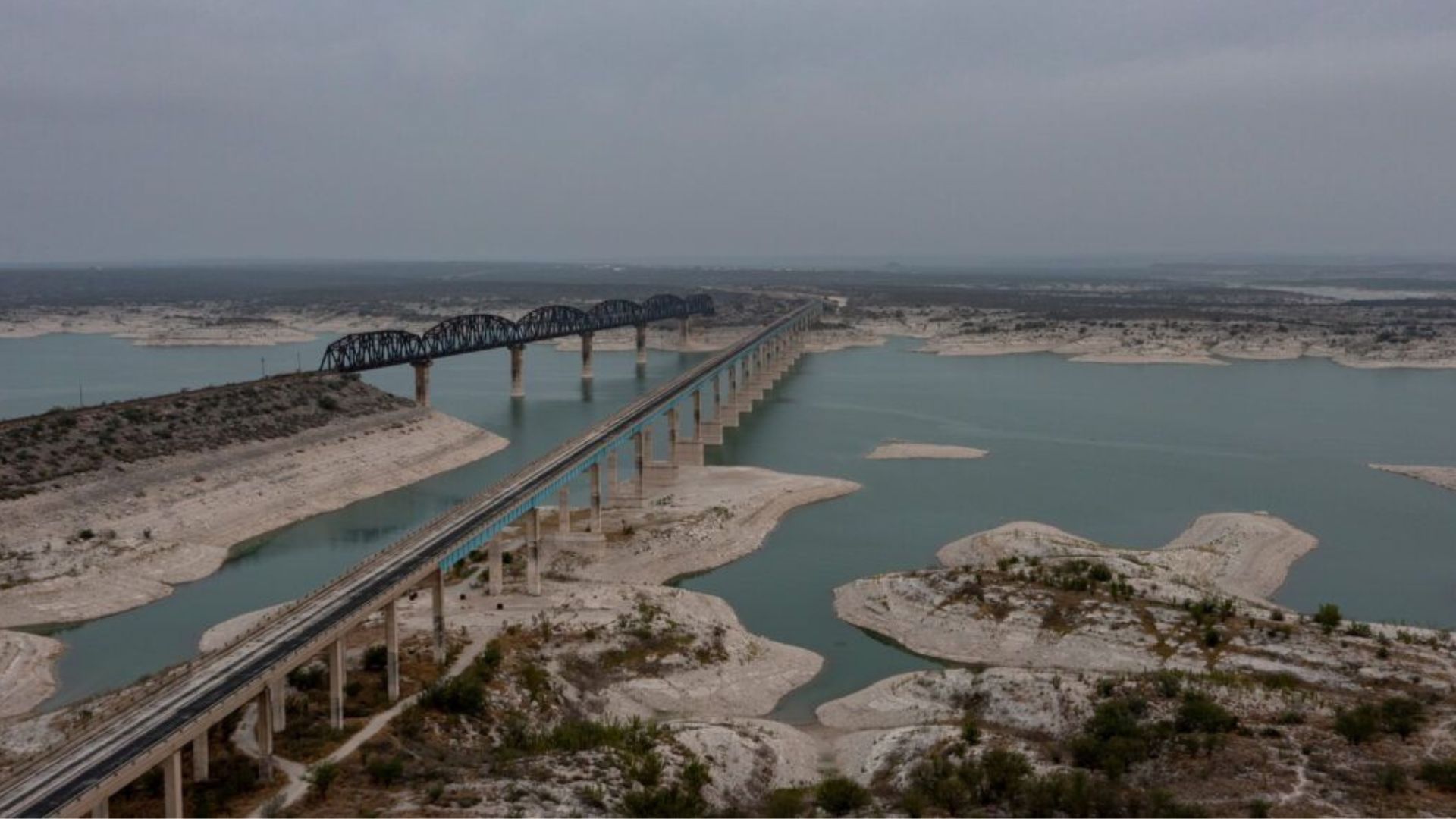
As the current water delivery cycle under the Mexico-United States Water Treaty approaches its conclusion in October 2025, Texas faces significant pressure to secure its water resources for an expanding population and ongoing agricultural needs.
This deadline adds urgency to the state’s efforts in water management and conservation initiatives.
